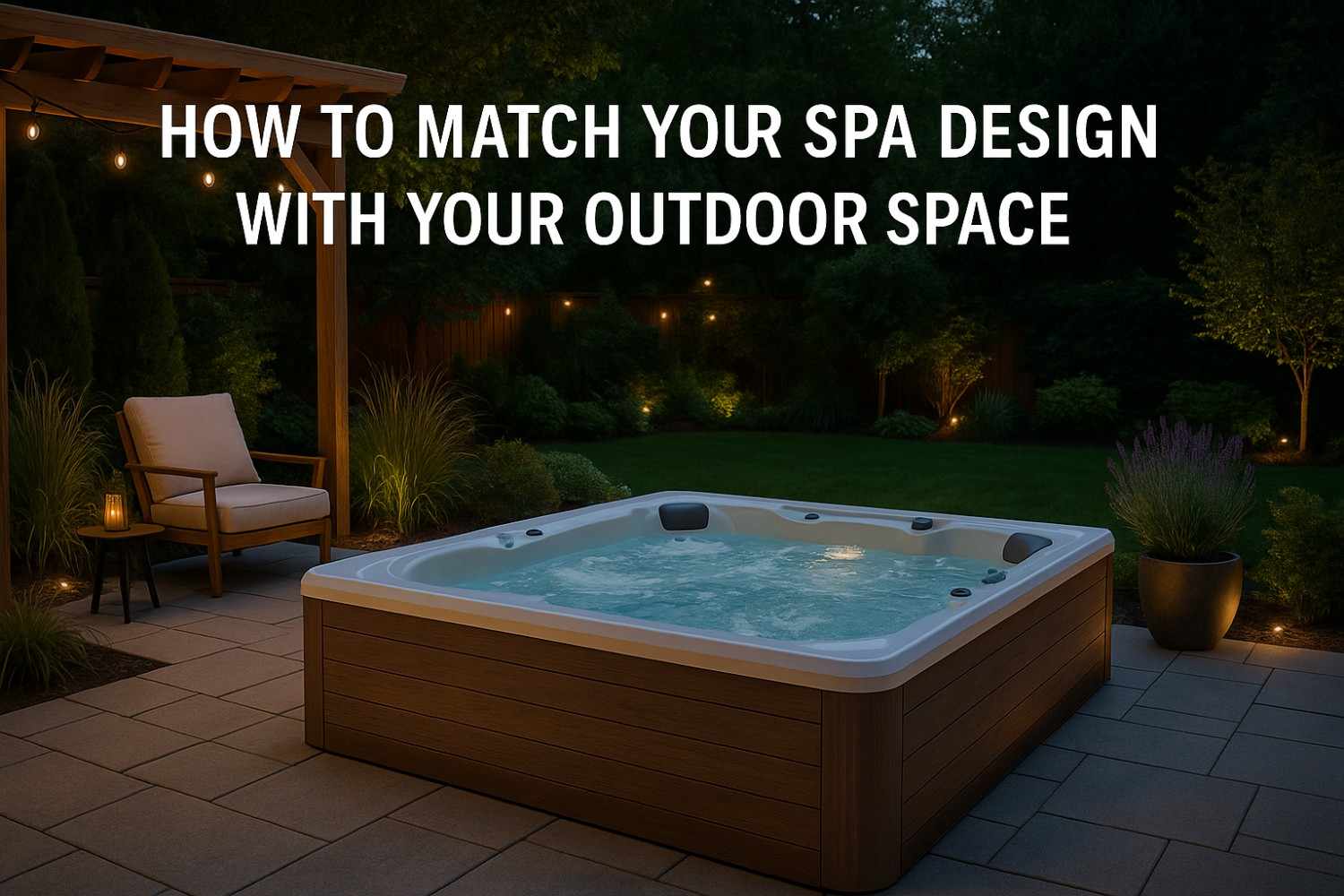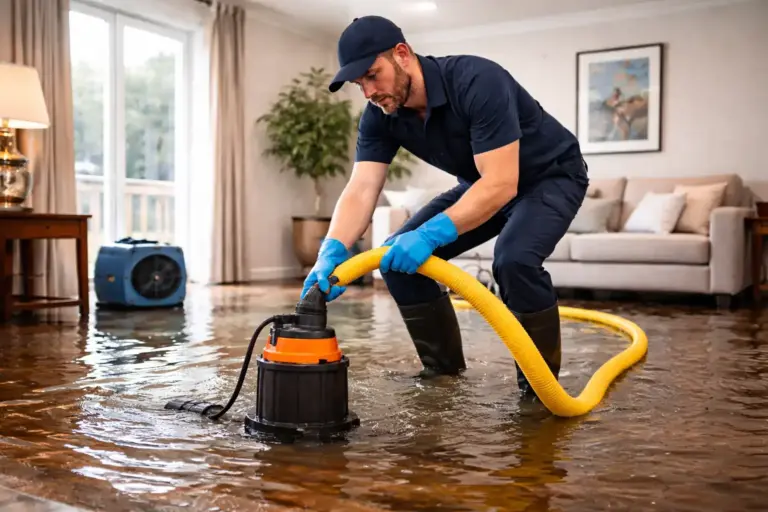A backyard spa can be the ultimate spot for relaxation, entertainment, and wellness. To elevate the experience, it’s important to design a setup that blends seamlessly with your outdoor space, creating a natural extension of your home. Whether starting fresh or upgrading, homeowners should consider more than just size and shape when choosing a custom hot tub. Your spa should complement your style, environment, and lifestyle. Here’s how to design a spa that perfectly balances form and function.
Start with a Vision and Evaluate Your Space
Before choosing materials or finishes, take a step back and evaluate your outdoor area. Consider the layout, elevation, sun exposure, privacy, and how much space you’re working with.
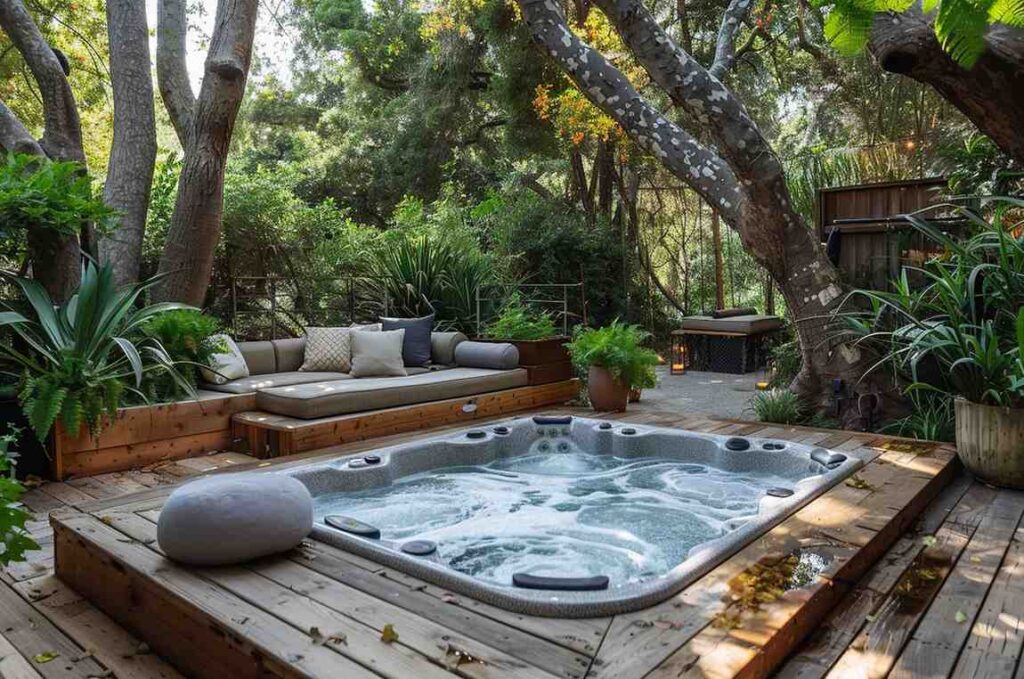
Ask yourself:
- Will the spa be the main feature or part of a larger design?
- Do I prefer a natural, modern, or rustic look?
- What are the views and lines of sight from both inside and outside the home?
A clear vision helps shape design around your priorities. If you live in a scenic area, consider framing your spa to highlight mountain or sunset views while maintaining privacy and accessibility. Design feels more cohesive when it complements the setting rather than competing with it.
Choose Materials That Match or Complement Your Outdoor Features
For a seamless look, match your spa’s materials with your existing outdoor features. Using similar stone, wood, concrete, or composite decking ensures a unified feel.
For example:
- A wood-clad spa surround pairs beautifully with cedar fencing or a rustic pergola
- Sleek, smooth tiles can enhance a contemporary patio with clean lines
- Natural stone steps or pavers blend well in garden-focused or desert-inspired settings
When choosing a custom hot tub, ask about exterior finishes and how they can match your environment. Coordinating materials makes the spa feel intentional, not like an afterthought.
Consider Landscaping as Part of the Design
Your landscaping plays a major role in how your spa feels—both aesthetically and in terms of privacy. Well-placed greenery can soften hard surfaces, frame views, and create a tranquil setting.
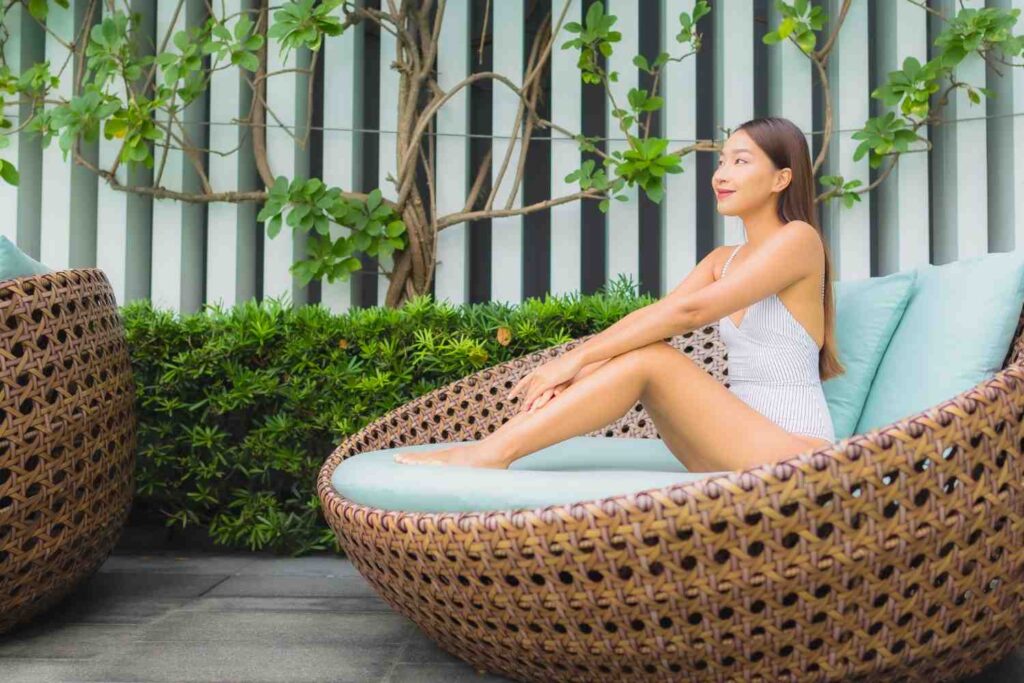
Some ideas to incorporate:
- Use ornamental grasses or evergreens to provide year-round privacy
- Plant lavender, jasmine, or rosemary nearby for natural aromatherapy
- Add potted plants around the spa for seasonal color and flexibility
In changing climates, opt for drought-tolerant or native plants that need little upkeep. Whether lush or minimalist, landscaping elevates your space. Greenery adds life and softness, creating a true spa retreat.
Integrate Lighting for Function and Ambiance
Lighting makes a major impact—not only on safety but on atmosphere. Thoughtfully designed lighting extends the usability of your spa into the evening hours and adds a layer of charm.
Ideas for lighting your spa area:
- Install soft LED strip lighting under the spa lip or steps
- Use solar-powered pathway lights for safe entry and exit
- Hang string lights or lanterns around the perimeter for a cozy glow
Evenly light both functional and decorative areas. Highlight plants, walkways, and architectural features. Good lighting creates a welcoming, luxurious space while ensuring visibility and safety.
Match the Seating and Decor with Your Style
Beyond the spa itself, think about how to create a lounge area that supports relaxation. Seating should complement your spa’s design and be weather-resistant and comfortable.
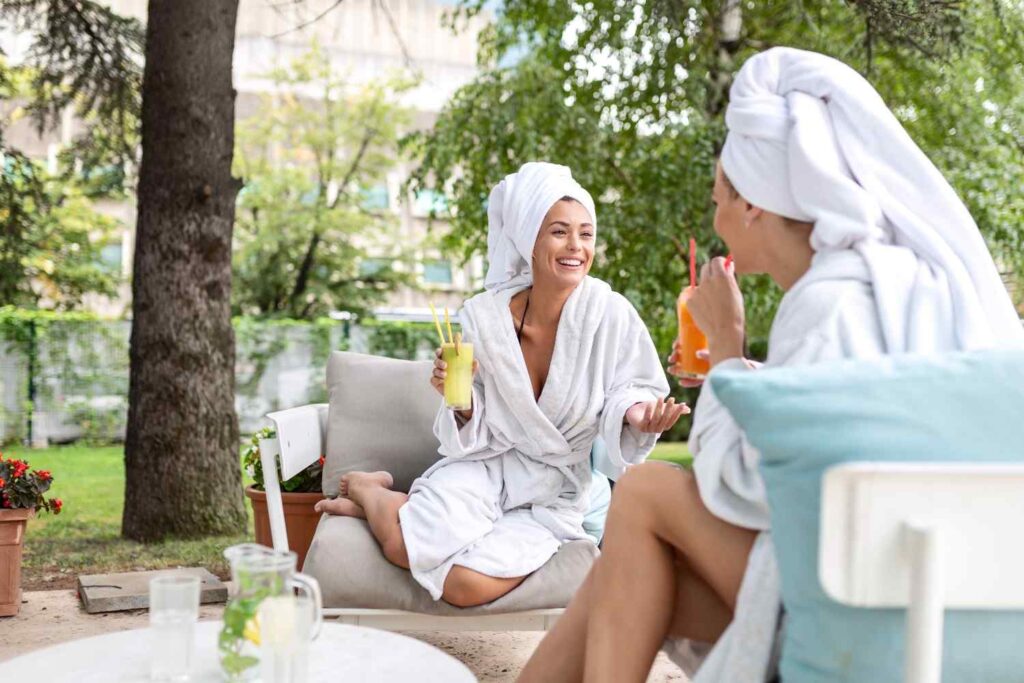
Consider adding:
- Chaise lounges or cushioned chairs
- A small bistro table for drinks or snacks
- Towels, robes, and waterproof storage
Reflect your personal style with furniture and accessories, whether modern, rustic, or bohemian. Small touches complete the experience, transforming your spa into a full relaxation zone.
Don’t Forget the Climate and Seasonal Use
Design your spa to handle all seasons, from summer heat to winter snow. Use durable covers, materials, and equipment that maintain functionality in any weather.
Questions to ask when designing:
- Does the spa have insulated covers or cabinets?
- Are pathways safe and accessible during snow or ice?
- Can I create a shaded area for hot summer days?
Durability and year-round accessibility make your investment more practical and enjoyable in all seasons.
Conclusion
When designing custom hot tubs in Utah, homeowners should create a design that naturally fits their outdoor space. From material selection to landscaping and furniture, the goal is a cohesive, comfortable, and unique spa experience. With careful planning, your spa can become a stunning focal point, enhancing both your home and lifestyle.

